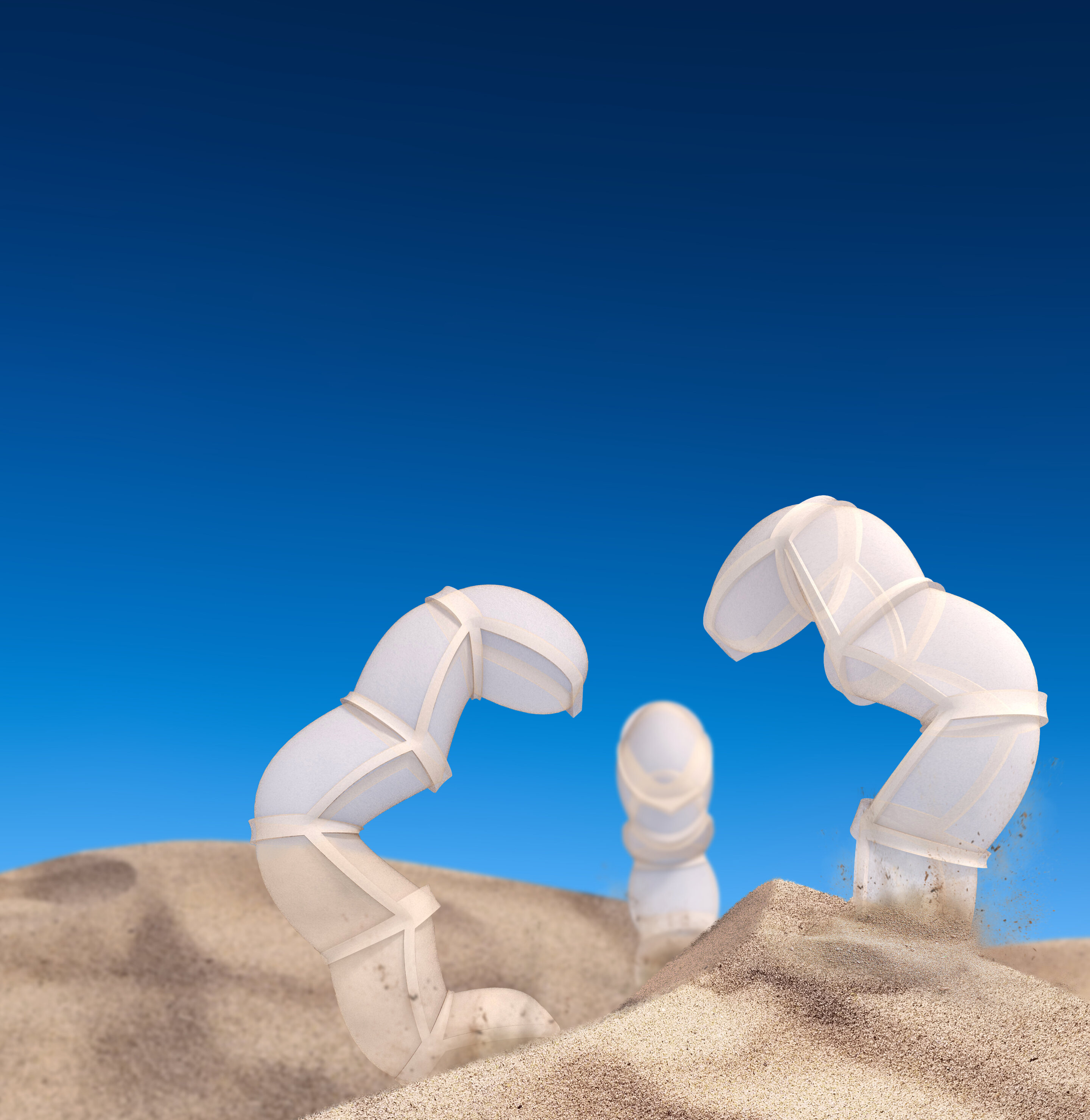
Artificial intelligence and robotics architectures are often inspired by patterns occurring in nature, both in humans and animals. Patterns of movement observed in animals have been replicated in robots via a number of shape-changing mechanisms such as chemical swelling, skin stretching or origami morphing.
Researchers at Seoul National University's Soft Robotics Research Center in South Korea and the Rebikoff-Niggeler Foundation (FRN) in Portugal have recently developed a robotic architecture structurally inspired by the pelican eel, a species of fish that lives in the deep sea. Their architecture, presented in a paper published in Science Robotics, is among the latest of a series of designs inspired by animals or naturally occurring phenomena.
"Over the past few years, we have been working on several bio-inspired robots, including the water strider-inspired water-jumping robot published in Science, as well as origami-inspired transformable robots and soft robots," Prof. Kyujin Cho, corresponding author and lead researcher for the study, told TechXplore. "Our research on stretchable origami can be considered as an integration of our previous works."
While studying how the pelican eel fish inflates its mouth, Cho and his colleagues hypothesized that this behavior could be replicated in robots using a combination of origami unfolding and soft skin stretching techniques. This inspired them to design origami-based architectures made of stretchable and soft materials, which enable substantial changes in a robot's shape.
So far, most research teams have developed robots using either soft materials or origami-based designs. The key difference between soft robots and origami-based architectures is that while the former change shape by stretching their skin, the latter do so by unfolding their creases, just like in the Japanese art of origami.
When trying to eat prey, the pelican eel performs a unique movement, which involves both unfolding its creases and inflating its mouth. In their study, Cho and his colleagues set out to replicate this behavior in a robotic architecture by combining origami-inspired techniques with the use of soft materials.
"Our stretchable origami is entirely made of stretchable materials, so it embodies both morphing modes that unfold and stretch," Woongbae Kim, the first author of the study and the main designer of the robotic architecture, explained. "Compared to other bio-inspired architectures that reproduced monolithic shape-changing mechanisms, the dual-morphing principle enables extreme shape morphing with two different functional motions. "

In the architecture proposed by Kim and his colleagues, the soft artificial skin's fluid paths are enclosed and guided by a set of stretchable origami units, which imitate the mechanism that allows the pelican eel to inflate its mouth. The fluid pressure points in the direction in which the robot's body initially deploys, which results in a movement closely resembling that of the pelican eel.
The researchers were able to develop a basic dual-morphing unit from the pelican inspired robot design , which can be used as a basic unit for various kinds of origami designs. They found that the resulting robots could perform a variety of behaviors, including gripping, crawling and underwater motion.
"Our study offers new design strategy for soft robots to be initially compact and flat, but that can be deployed to perform task and then folded again autonomously," Cho said. "We think that soft robots will be developed in a compact and portable shape in the future so that people can use them easily in their daily lives."

In the future, the unique origami and stretchable skin-based design proposed by Kim and his colleagues could be used to develop a variety of new shape-morphing robotic systems. The researchers are now planning to continue building on their design, for instance, exploring how stretchable sensors could be integrated with origami-based architectures.
"There are still a lot of things to be done," Kim said. "Right now, the principle we introduced can be applied to various origami structures to create new motions such as deployment-combined twisting. For real robotic applications, stretchable origami structures should be optimized to be stronger and more reliable. Finally, we would like to use our design to develop new soft robotic systems, such as a deployable soft robot arm."
More information: Woongbae Kim et al. Bioinspired dual-morphing stretchable origami, Science Robotics (2019). DOI: 10.1126/scirobotics.aay3493
© 2020 Science X Network
Citation: Robotic architecture inspired by pelican eel: Origami unfolding and skin stretching mechanisms (2020, January 6) retrieved 6 January 2020 from https://techxplore.com/news/2020-01-robotic-architecture-pelican-eel-origami.html
This document is subject to copyright. Apart from any fair dealing for the purpose of private study or research, no part may be reproduced without the written permission. The content is provided for information purposes only.
